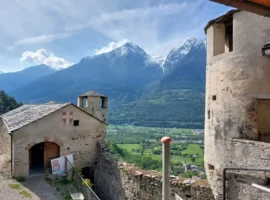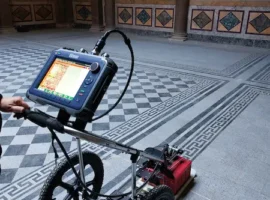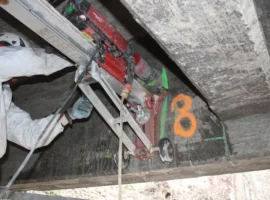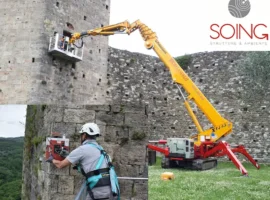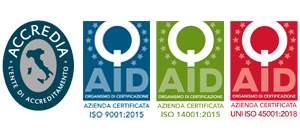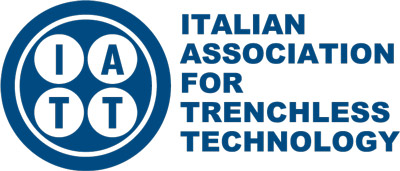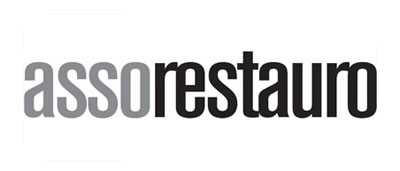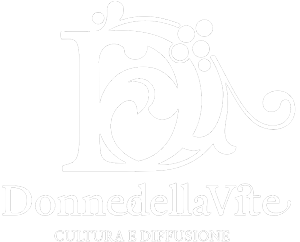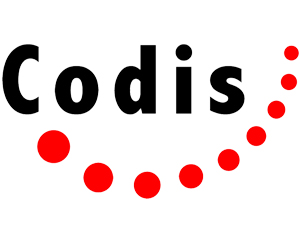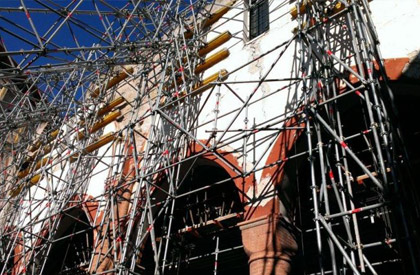
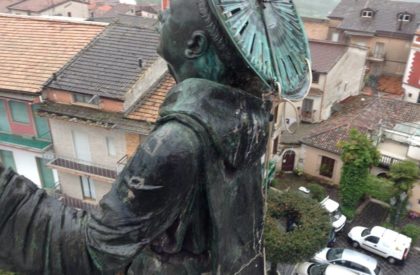
Based on the fundamental concept that it is necessary “to know in order to preserve and to preserve in order to know”, diagnostics can be defined as a set of manual, visual, historical, instrumental and laboratory procedures which allow expressing a judgment, and therefore an overall analytical diagnosis on the case in point, through information “layering”.
- Rating the state of conservation of the structures
- Analysis of the construction characteristics
- Evaluation of the level of risk of crack patterns
- Monitoring crack patterns with Wi-Fi sensors
- Assessment of the causes of infiltration and moisture diffusion
- Verification of the presence and type of foundations
- Search for buried structures
- Search for metal anchoring elements of decorative plates
- Search for wall cavities and constructive abnormalities
- Reconstruction of concrete structural reinforcements
- Rating the state of resistance of materials
- Stratigraphic analysis of plasters
- Petrographic analysis of stone materials, mortars and decorated surfaces
- Analysis of the state of conservation of wooden structures
- Dynamic analysis of buildings
- Vibration monitoring
- 3D electrical tomography (ERT 3D)
- GPR
- Thermography
- Videoendoscopy
- Resistograph investigations
- Petrographic analysis
- Vibration monitoring
- 3D electrical tomography (ERT 3D)
- Seismic tomography
- Electromagnetic surveys
- Ultrasound
- SonReb tests
- Coring
- Load tests
- Double flat jacks
- Visual analysis and direct tests
- Surveys with automated Total Station and GPS differential
- Rocca di Stellata, Municipality of Bondeno
- Church of the Holy Trinity, City of Pieve di Cento
- Obelisk of San Cono, Municipality of Teggiano (Salerno)
- Church of San Cerbone in the diocese of Massa Marittima
- Church of Santa Maria Maggiore, Archdiocese of Bologna, Municipality of Pieve di Cento
- Basilica of Santa Maria Maggiore in Bologna, Archdiocese of Bologna
- Cathedral of Guastalla, Municipality of Guastalla
- Cathedral of Ferrara, Archdiocese of Ferrara and Comacchio
- Church of the good death in Finalemilia, Ministry of Cultural Heritage and Activities, ER Regional Directorate
- Cathedral of San Pietro in Modena, MCHA, EM Regional Directorate
- Church of San Francesco in Mirandola, MCHA, EM Regional Directorate
- Chiesa di Santa Apollonia in Ferrara, MIBACT, Direzione regione EM
- Cathedral of Guastalla, Cooperativa artigiana edile of Parma
- Reggia of Colorno and Church of San Liborio, Cooperativa artigiana edile di Parma

